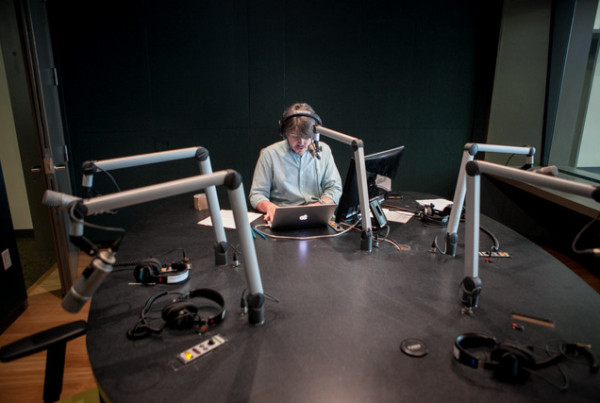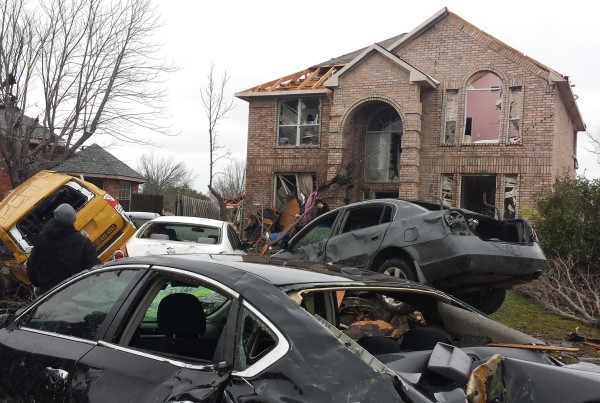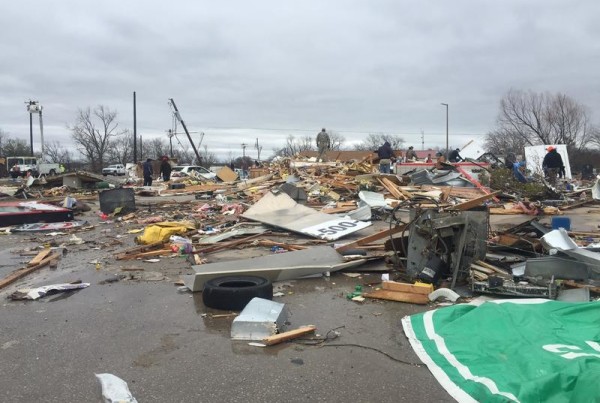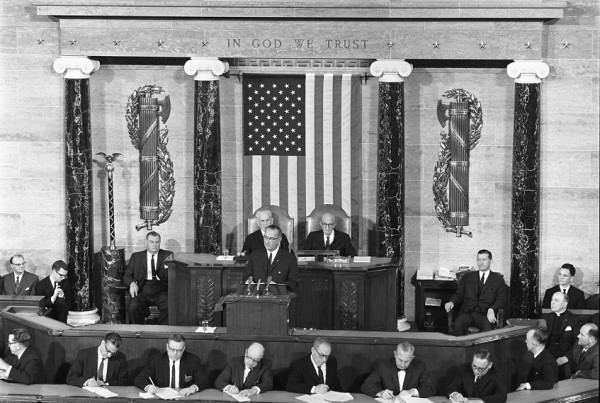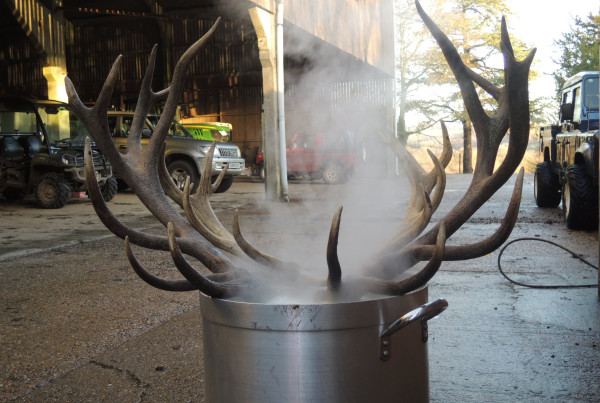In the summer of 2014, while Texas Standard was preparing practice shows and before we launched on the air, a producer shouted across the newsroom that she had just learned that cots were being set up in an empty hangar at Lackland Air Force Base in San Antonio.
We got in touch with an immigration attorney who’d seen the facility first hand and they described to us how border officials were overwhelmed by a sea of new faces, mothers and children, pouring in waves faster than border officials could process them. A few weeks later, the story became national news and one of the biggest stories of 2014.
Fast forward to today. Who among us would have thought that at the end of 2015, more than a year later, the federal government would again be setting up camps in Texas, and clearing room at military bases to take in a wave of young people and families? People like Ruben Villarreal, who have lived most of their lives along the Texas-Mexico border.
When Villarreal was growing up, his dad was mayor of Rio Grande City. Years later, while he was running the family’s auto shop, Villarreal was tapped to fill his dad’s boots in city hall, where he served as mayor for seven years.
Villarreal is now one in a crowded field of candidates running to represent South Texas in Congress. We spoke to Villarreal at this year’s Texas Tribune Festival about the influx of Central American children and families crossing the border into our state.
“This is nothing out of the ordinary, nothing new,” Villarreal says. “It’s been going on for many, many decades. As long as I can remember.”
Rio Grande City is a three to four minute walk from the border. Seeing immigrants coming across first hand is not an uncommon sight, Villarreal says. When he was mayor, he was often stopped by immigrants looking for help.
“I was in the parking lot of city hall and I would be stopped by immigrants who had just crossed the river. Still soaking wet. Lacking water, lacking food, lacking direction,” he says.
Many would ask for directions. But immigrants from Central America were different, he says.
“They had a higher sense of desperation,” Villarreal says. “They had payed anywhere from $7,000 to $10,000. Their ages probably ranged from small babies to the more standard immigrant.”
Villarreal says he doesn’t recall seeing babies crossing the border with their families until recently. The more recent cases are an anomaly, he says, and border patrol often didn’t have the staff to give the appropriate care immediately.
“Our police officers in the city… would spend an hour to two hours babysitting that group of immigrants waiting for border patrol,” he says. “My police officers weren’t doing law enforcement work in school zones, in parking lots or in neighborhoods. They were basically doing the duties of immigration just to make sure that those immigrants got taken care of correctly.”
Villarreal says building a wall along the border won’t fix the issues surrounding this influx of immigrants. It would be money misspent, he says.
“They will go over it. They will go under it. All it will be is a concrete, razor wire and steel scarecrow,” Villarreal says. “Once they learn the scarecrow doesn’t bite they’re just going to go over it or go under it.”
Instead of a wall, we need resources, he says.
“We need the federal government to actually apply the monies that are potentially gonna be used to secure the border and put them in the right channel, in the right direction,” Villarreal says. “Help local law enforcement. Help them hire more officers. Because at the end of the day – we local law enforcement agencies down there – we have to handle whatever comes.”




